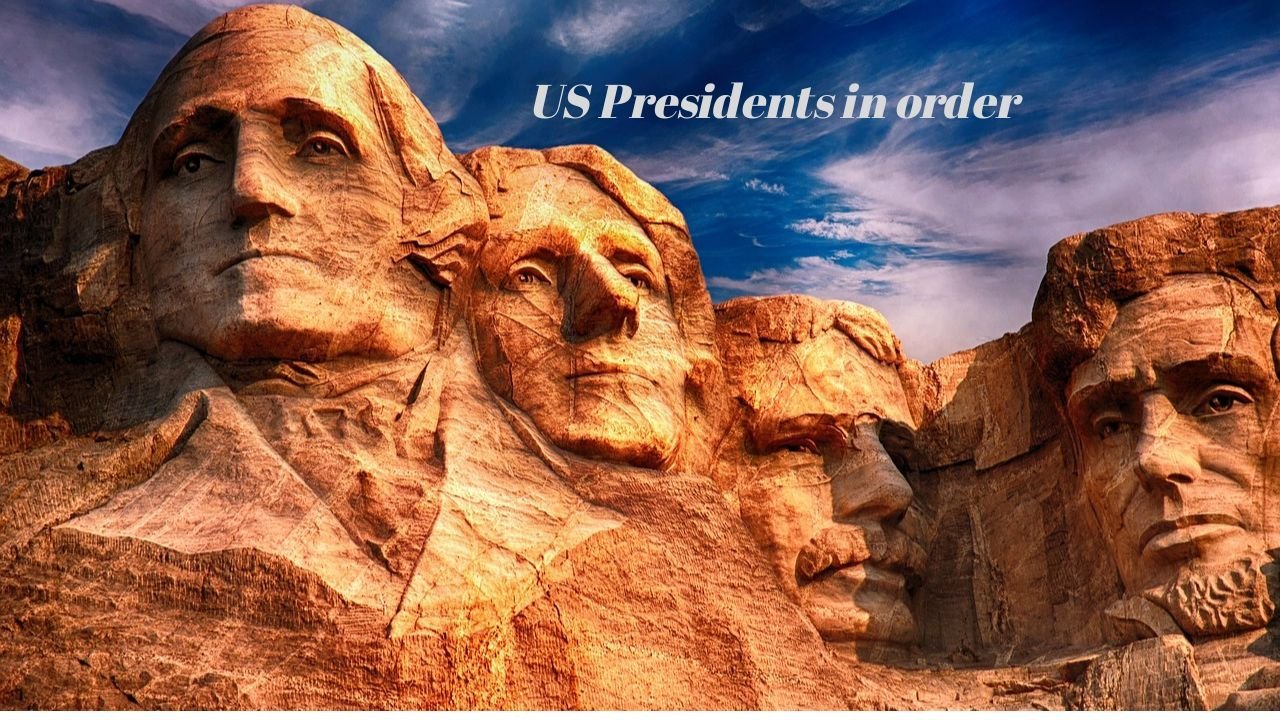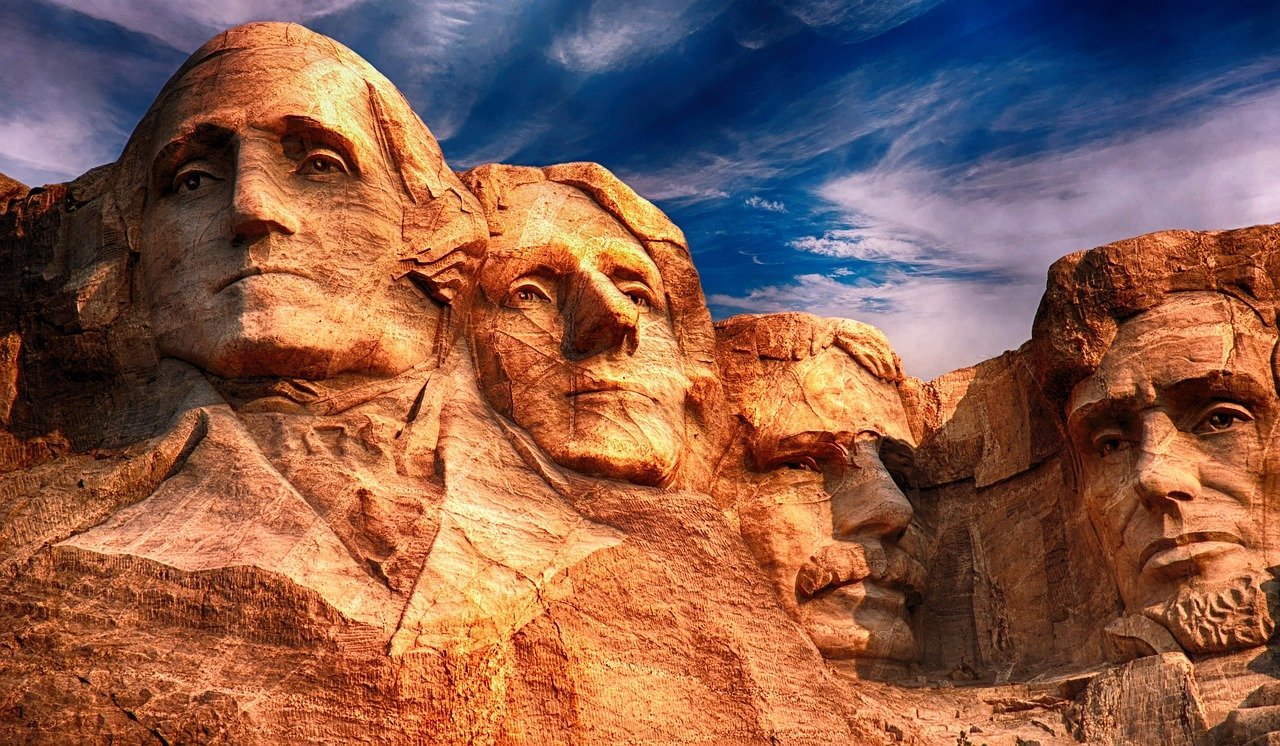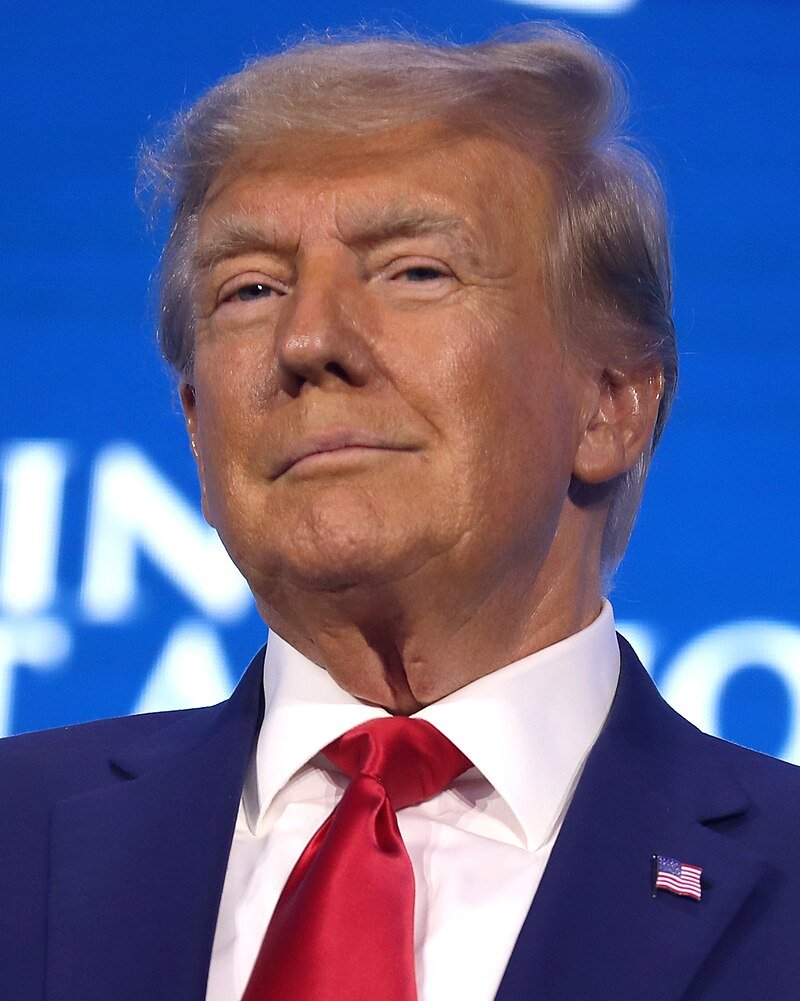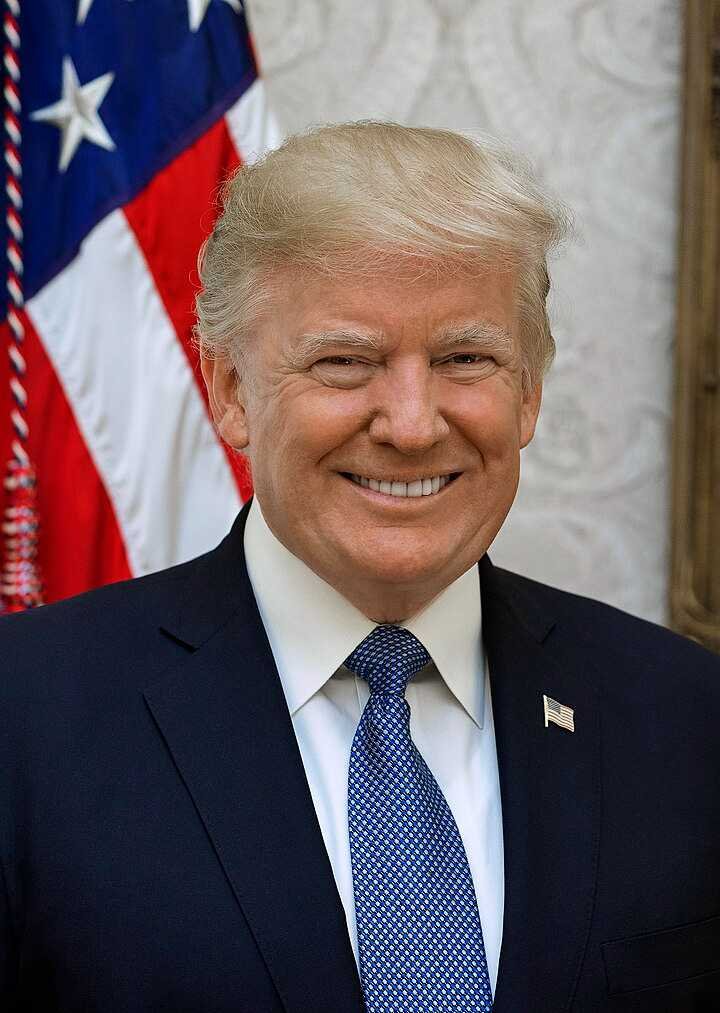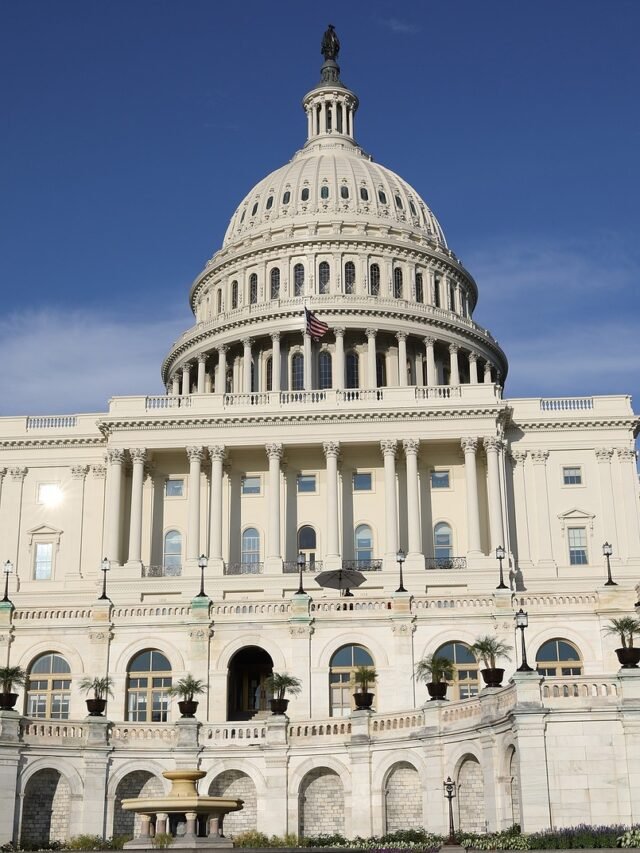Decoding the Donkey and Elephant: What Democrats and Republicans Stand For
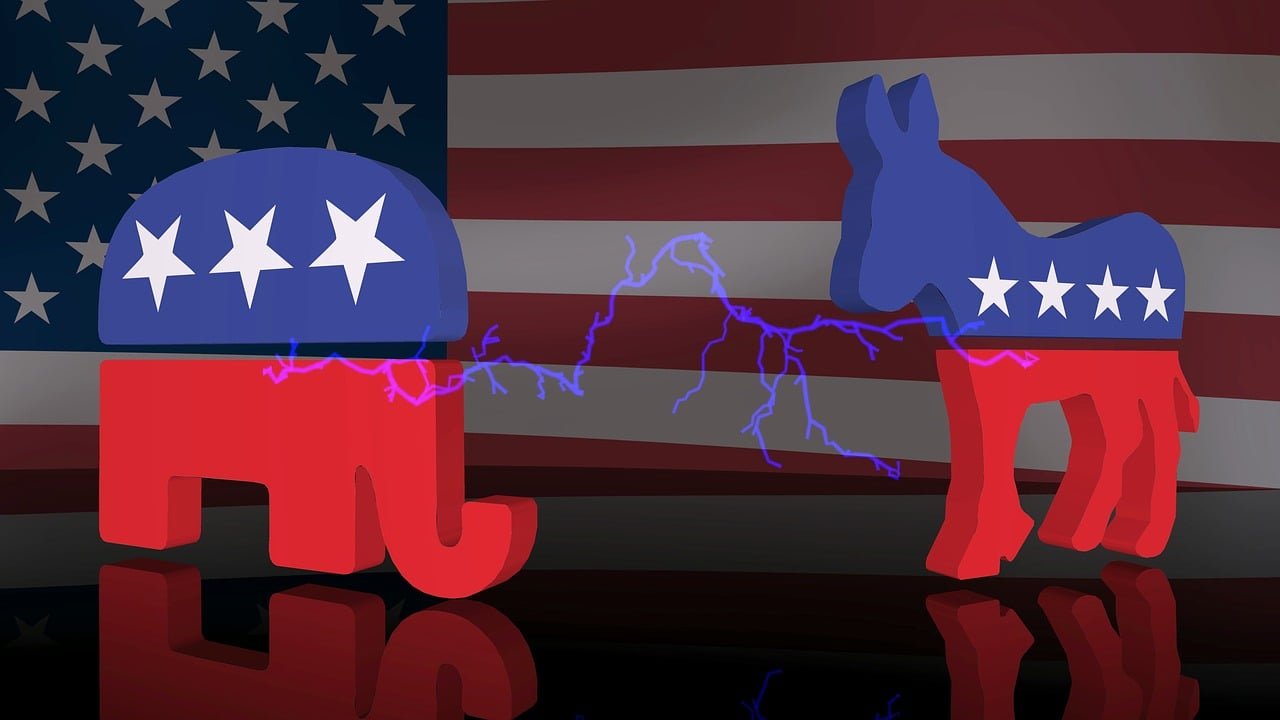
Decoding the Donkey and Elephant: A Deep Dive Into What Democrats and Republicans Stand For
The American Republican and Democratic parties have long-standing emblems and symbols that stand for their respective political philosophies and backgrounds. The salient features of each party’s platform are captured by these recognisable emblems.
The donkey and the colour blue stand for the Democratic Party. The donkey emblem has its origins in Andrew Jackson’s 1828 presidential campaign, when his opponents called him a “jackass” due to his populist beliefs. Jackson took back the persona and presented himself as a self-assured donkey. In the late 19th century, Democrats also adopted the colour blue to set themselves apart from Republicans’ red on electoral maps.

American Political history
Other Democratic emblems are the torch, which stands for freedom and ideals of enlightenment. As a tribute to American institutions, the party emblem frequently features the American flag or the dome of the capitol building. It is also possible to visually invoke notable Democratic presidents like Franklin D. Roosevelt, John F. Kennedy, and Bill Clinton as representations of the party’s leadership.
Republicans use the elephant as their official mascot. This was inspired by a political cartoon from 1874 that portrayed the party as an elephant scared of a little mouse, implying that they might be easily overcome by a minor foe. But the GOP took the elephant back to denote power and wisdom. Republicans also commonly invoke patriotism by using the colours red, white, and blue.
The Abraham Lincoln profile, which honours the nation’s first Republican president, and the party’s abolitionist past are two other Republican emblems. The American eagle represents liberty and freedom. It can also represent diplomacy and defence when it is carrying arrows and an olive branch. Given the party’s roots to farm-state America, stars representing the 50 states are common, as are representations of rural America like wheat, farming equipment, and cattle.
Additionally, both parties have well-liked but unofficial emblems. The Nobel Peace Prize award, which honours notable laureates including Jimmy Carter and Barack Obama, is one of them for Democrats. Images of the torch and the Statue of Liberty convey optimism. The flag and cross evoke religion and conservatism in Republicans. Economic policy is linked to symbols of free enterprise, such as factories and building equipment.
Some contend that despite the historical significance of these famous emblems, they oversimplify intricate party ideas. Depictions of Republicans as solely rural traditionalists or Democrats as only progressives with a sane mind ignore subtle differences among both parties. Nevertheless, these symbols aid the parties in creating a quick visual brand that is ingrained in the political mind of America.

President Abraham Lincoln
These icons, which range from Abraham Lincoln’s elephant to Andrew Jackson’s donkey, have endured through the ages as concise depictions of Republican and Democratic principles. They supply the primary marketing graphics for anything from campaign products to state conventions. Party members are united by the partisan symbols, which establish a connection between a deeper common history and the divisive politics of today. Therefore, even though the party logos by themselves do not fully capture their ideologies, the well-known emblems still serve as ideological mascots in the context of American politics.
In addition to the two major parties, independent candidates and other parties also brand their campaigns with symbols and colours. The Statue of Liberty, which stands for liberty and constrained government, is embraced by the Libertarian Party. Their economic policies are represented by the colour gold. The Green Party utilises the sunflower as its logo, representing ecological and social justice. Green, of course, is their official colour. The Reform Party has adopted an olive branch and arrows grasped by a bald eagle, which are reminiscent of American historical icons. The American flag and other patriotic symbols are used by other third parties, such as the Constitution Party, to win over specific voter blocs. Instead of using the official party mascots for their branding, independent candidates frequently use their own names or slogans

William Tailor is a talented blogger well versed in political content, and he’s known for his analysis and appealing comments on the historical and current political scenarios. With a detailed approach and liking for uncovering intricate political landscapes while addressing the contemporary issues. He aims to offer a thought-provoking perspective to the readers and unravel the truth. His consistent and convincing storytelling mixed with factual data makes him a popular choice for readers who want to stay in loop with the dynamic political situations.











